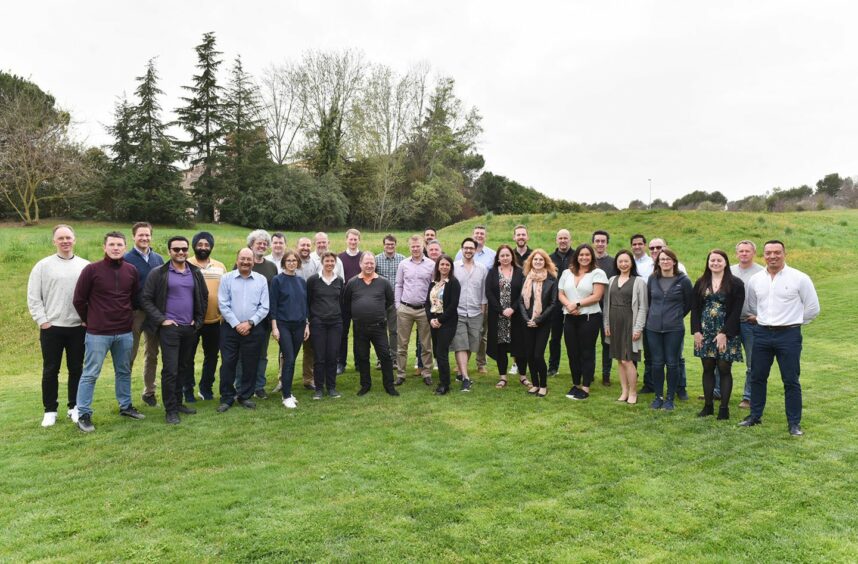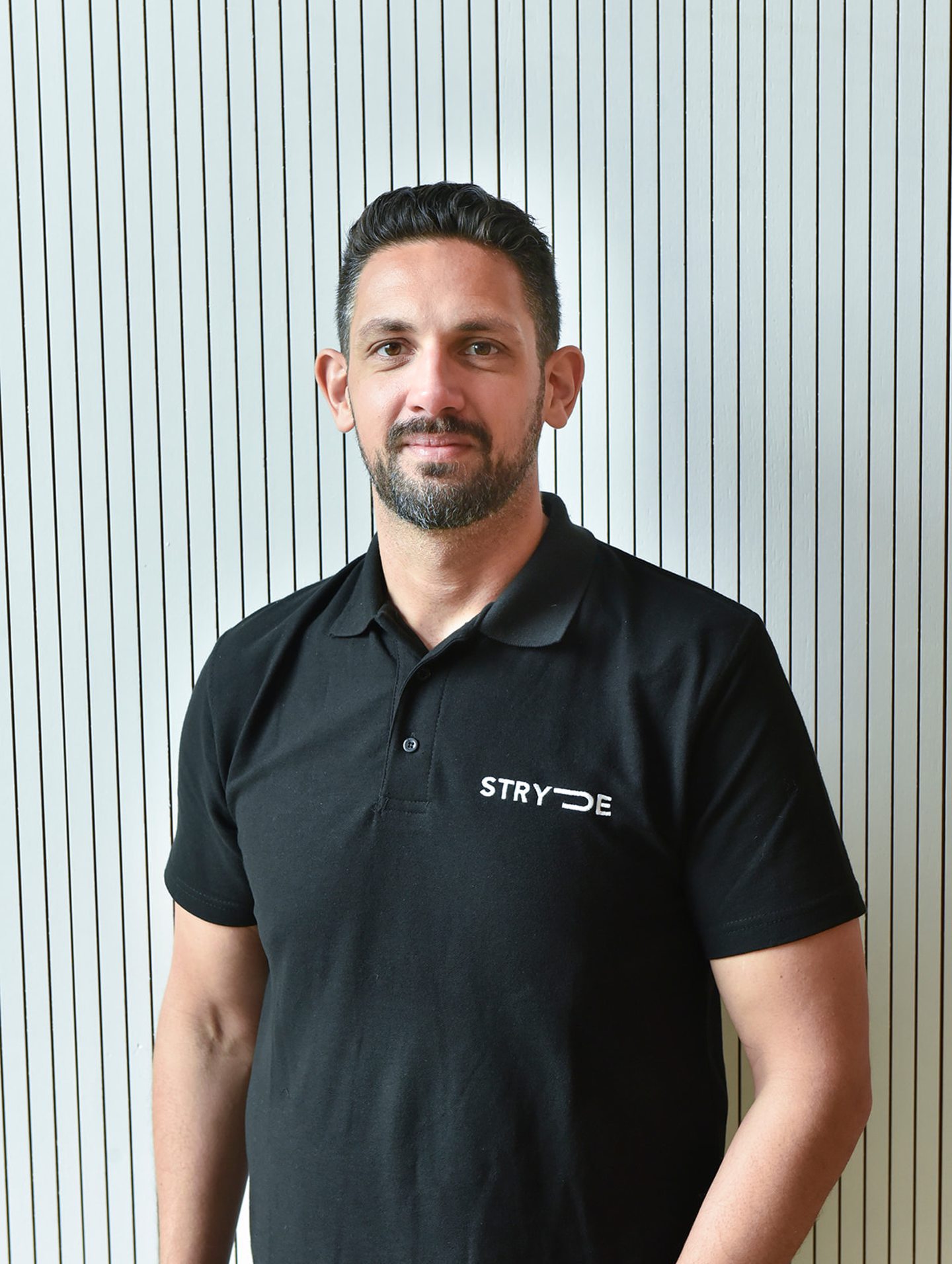
From truly flexible working to Spanish vineyards… does this sound like the working life for you? Land seismic technology company STRYDE certainly thinks so.
As providers of the world’s smallest, lightest, and most affordable nodal seismic imaging system, STRYDE, has scratched well below the surface in its approach to people and culture throughout 2022.
Backed by its people-centric ethos, STRYDE has grown significantly in a short period of time, taking on projects that diversifies skillsets while helping organisations across the energy industry and beyond.
Sun, sea, and strategies
STRYDE’s approach to people and culture was exemplified during 2022 when the start-up company flew its global team to Barcelona for team building, company strategy workshops and some well-deserved R&R.
“This trip provided the platform for our people to meet team members they have never met face-to-face before, due to the COVID pandemic, and focused us on positive team bonding,” Omar Morsy, STRYDE’s Chief People Officer explains. “This helped build on existing relationships and involvement in wider company objectives, while thanking them for their incredible achievements throughout the challenges of the pandemic.”
As part of the trip the company also visited a nearby vineyard to sample local wines and cuisine, celebrating the exponential growth of the company so far.
Omar says: “The health and wellbeing of a workforce goes hand in hand with the success and productivity of an organisation.
“After years in HR, I’m only too aware of the positive impact that looking after your people can have. And who doesn’t love a bit of sunshine? By treating our employees to some Spanish sun, we were able to reward them while motivating positive conversations about work.”
How has STRYDE shown employee focus day-to-day?
STRYDE’s shaking up of traditional corporate culture has always been at the top of its agenda, not just for company trips. This is evident in its ongoing flexible working policy, which allows employees to work from home (WFH) for up to 90% of their working time.
Employees are only required to be in the office for two days a month, helping to support a work-life balance, giving flexibility for personal commitments. This ensures STRYDE’s global outlook, with employees dialling in across the world, bringing together different skills and experiences with a cultural melting pot.
However, vital to the success of this is the face-to-face “touchpoints” held twice a month. These “touchpoints” ensure team members can develop internal working relationships that flourish under the sun during company-wide trips like the one undertaken this year.
“Our two days in the office are important to balance the WFH structure. Without them, siloed-working practises are risked, which can reduce morale through feelings of isolation and resulting in suppressed innovation. By not encouraging teams to work together, different perspectives aren’t shared and opportunities to cross-pollinate ideas are missed.” Omar explains.
So, how do they know this structure works?
Simple answer, they asked.
Following discussions with the team, this model was found to be popular with the actual workforce and has been continued post-pandemic, throughout 2022, with their approval in mind.
“It was important to us to understand how our team members were feeling about the WFH policy to make sure we were doing the right thing by them and also making in-office working options available for people who preferred to work in the office more frequently. We were pleased to hear that our workforce found it as successful for meeting their personal obligations as it has been for STRYDE in meeting our business objectives.”
With 2023 on the horizon, STRYDE looks to the new year with continued plans for growth in the seismic arena, whilst incorporating its people-based culture. Omar and his team also have another company-wide trip on the cards. Q1 2023 is set to feature another global strategy session, welcoming 2022 new-starts and building intrinsic working relationships as STRYDE continues to break ground in the energy sector and wider seismic markets.
Recommended for you

 © Supplied by -
© Supplied by -